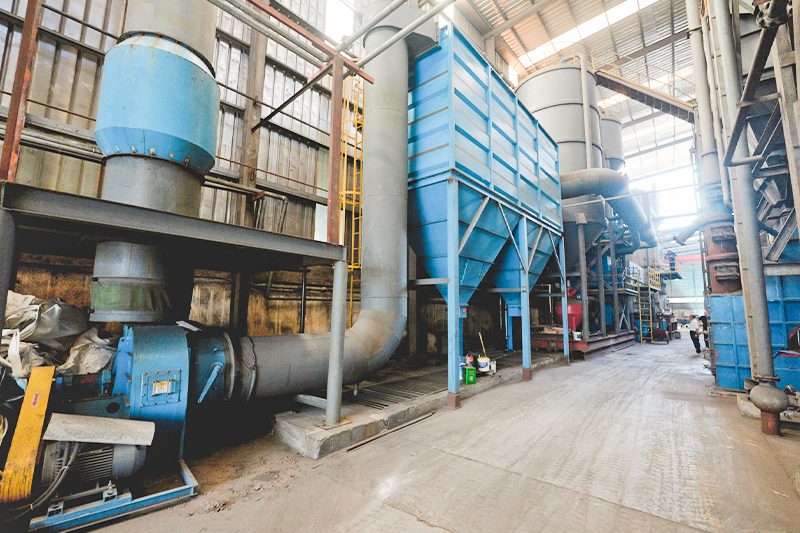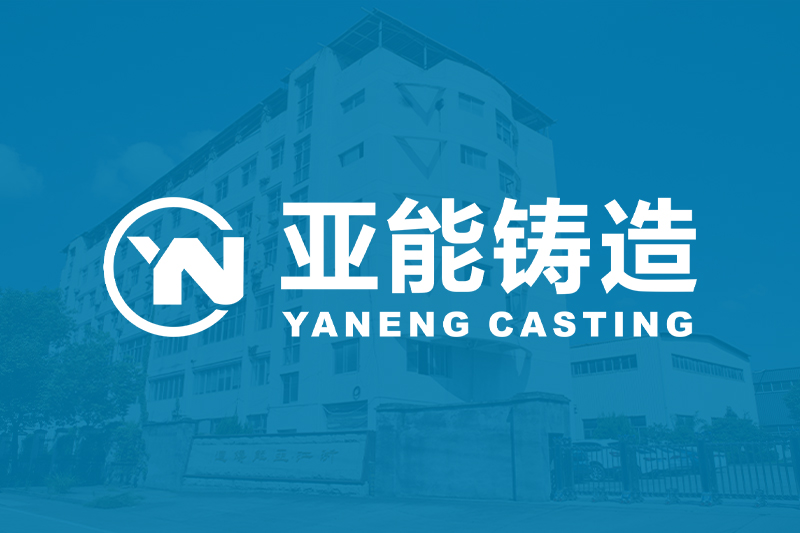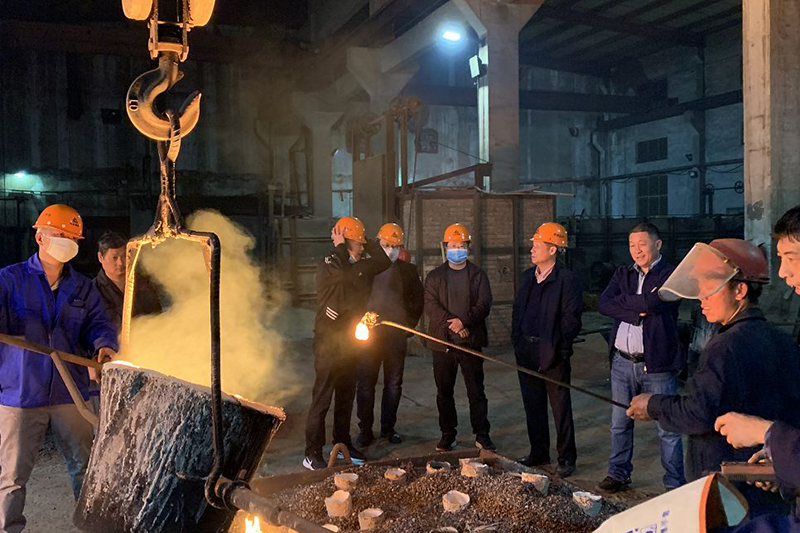The Use and Properties of Low Alloy Steel
Low alloy steel refers to alloy steel with a total alloying element content of less than 5%. Low alloy steel is relative to carbon steel, and is intentionally added with one or several alloying elements to improve the performance of steel based on carbon steel. When the amount of alloy added exceeds the normal production method of carbon steel, this type of steel is called alloy steel. When the total alloy content is less than 5%, it is called low alloy steel, ordinary alloy steel is generally below 3.5%, alloy content between 5-10% is called medium alloy steel, and alloy content greater than 10% is called high alloy steel.
Purpose and characteristics
The components of low alloy steel welded structures usually need to go through processes such as processing and forming, welding, and post weld heat treatment, which requires the steel to have good process performance. The process performance includes the weldability, cutting performance, cold and hot working performance, heat treatment performance, malleability, uniform stability of the structure, and hardenability of large cross-sections of the metal. While considering material costs, the impact of different levels of material processing and welding difficulty on manufacturing costs should also be considered.
Low alloy steel has been widely used in the manufacturing of engineering machinery, ships, bridges, high-rise buildings, boilers and pressure vessels, electricity, and various vehicles. This is inseparable from its characteristics, such as plasticity, toughness, and welding performance. The figure set shows the uses and characteristics of some common low alloy steels.
Low alloy steel performance
The yield point of steel structural components determines the stress that the structure can withstand without permanent deformation. The minimum yield point of typical carbon structural steel is 235MPa. The minimum yield point of typical low alloy high-strength steel is 345MPa. Therefore, based on the proportional relationship of its yield point, the allowable stress for the use of low alloy high-strength steel is 1.4 times higher than that of carbon structural steel.
Compared with carbon structural steel, using low alloy high-strength steel can reduce the size of structural components and reduce weight. It must be noted that for components that may experience bending, the allowable stress must be corrected to ensure the robustness of the structure. Sometimes low alloy high-strength steel is used to replace carbon structural steel without changing the cross-sectional size, with the sole purpose of obtaining a structure with higher strength and durability without increasing weight. Saving weight is the most important for the structure of transportation vehicles, as it can transport heavier weight and reduce energy consumption.
The latest development is the use of low alloy high-strength steel with martensite and ferrite dual phase microstructure (or dual phase microstructure) obtained through critical annealing and rapid cooling. This type of steel sheet product has excellent formability, with a yield point generally between 310-345MPa. The yield point can be increased to 550MPa or higher through the strain generated by pressure forming of automotive components.
Formability
In order to easily and economically perform hot or cold processing to produce various components of engineering structures, low alloy high-strength steel must have appropriate formability. Like carbon structural steel, low alloy high-strength steel can generally undergo such processing, as well as processes such as shearing, punching, and machining. Although its yield point is high, even if the deformation during forming operations is quite severe, it can still be used in cold bending stamping machines, drawing machines, presses, and other equipment used for forming carbon structural steel. However, some equipment needs to be modified.
There is an inherent difference in the cold forming performance between low alloy high-strength steel and carbon structural steel. Firstly, producing a certain amount of permanent deformation in low alloy high-strength steel requires greater force than carbon structural steel of the same size. Secondly, when forming low alloy high-strength steel, a slightly larger allowance should be given for rebound.
Based on experience, unless the shape of inclusions is controlled for low alloy high-strength steel, a larger bending radius than carbon structural steel must be used during cold forming.
Welding performance
Due to the frequent use of welding technology in the production and processing of steel structures, it is very important to use the widely used arc welding process in thicknesses such as thin plates and steel strips for welding of low alloy high-strength steel for such purposes. The welding seams of the produced steel structures should also have the required strength and toughness, so as to withstand the most unfavorable conditions of the intended use.
At present, the development of low alloy high-strength steel is synchronized with the development of various welding processes, and special attention should be paid to ensuring that these steels can have appropriate welding performance. If welding is done properly, most low alloy high-strength steel can be welded well. For large section steels and grades with higher carbon and manganese content, preheating or low hydrogen welding rods are required. For certain low alloy high-strength steels, regardless of their thickness, low oxygen welding rods should be used.
Corrosion resistance
When using low alloy high-strength steel, it is hoped to take advantage of its high strength and use a thinner section, not only to save weight but also to be as economical as possible. However, corrosion must be fully considered, and the thinner the steel section, the more attention should be paid to corrosion prevention. The anti-corrosion of any steel structure is generally achieved by applying an anti-corrosion layer on a properly prepared surface and protecting the anti-corrosion layer.
Some low alloy high-strength steels have good atmospheric corrosion resistance, which can not only improve the effectiveness of anti-corrosion coatings, but also take appropriate preventive measures in some cases and even be exposed to the atmosphere for use in an uncoated state. The elements that improve atmospheric corrosion resistance are copper, phosphorus, silicon, chromium, nickel, and molybdenum. The excellent atmospheric corrosion resistance of some low alloy high-strength steel has led to the formation of a new concept in the design of structures such as buildings and bridges, which involves selecting appropriate exposed components of low alloy high-strength steel for construction.
Under normal exposure to the atmosphere, exposed steel forms a tight protective oxide film in the first few months of atmospheric corrosion. Sometimes architects choose exposed steel structures because they want to achieve a uniform appearance of atmospheric oxidation on the steel surface, while other times it is to save on applying protective layers to achieve economic goals. When using these low alloy high-strength steels in an exposed state, the design must consider that the surface of the steel cannot be moist for a long time, and special attention should also be paid to the special atmospheric environment to ensure that the corrosion rate of the steel is allowed under these conditions.
For example, under strong chemical or industrial smoke conditions, it is clearly not suitable. To verify whether exposed steel structures can be used in certain environments. It is necessary to measure the atmospheric environment, and even conduct exposure tests.
Notch toughness
Low alloy high-strength steel grades have excellent notch toughness in design for their intended structural applications. The applicability of notch toughness for specific grades of low alloy high-strength steel can be considered based solely on existing usage experience or in combination with the impact test results of notch specimens. In order to meet extremely strict requirements for certain applications, some low alloy high-strength steels produced have excellent notch toughness. For example, controlled hot rolling technology is commonly used to produce low alloy high-strength steel plates for manufacturing welded pipeline steel pipes, which need to meet the requirements of relevant standards for notch toughness.




